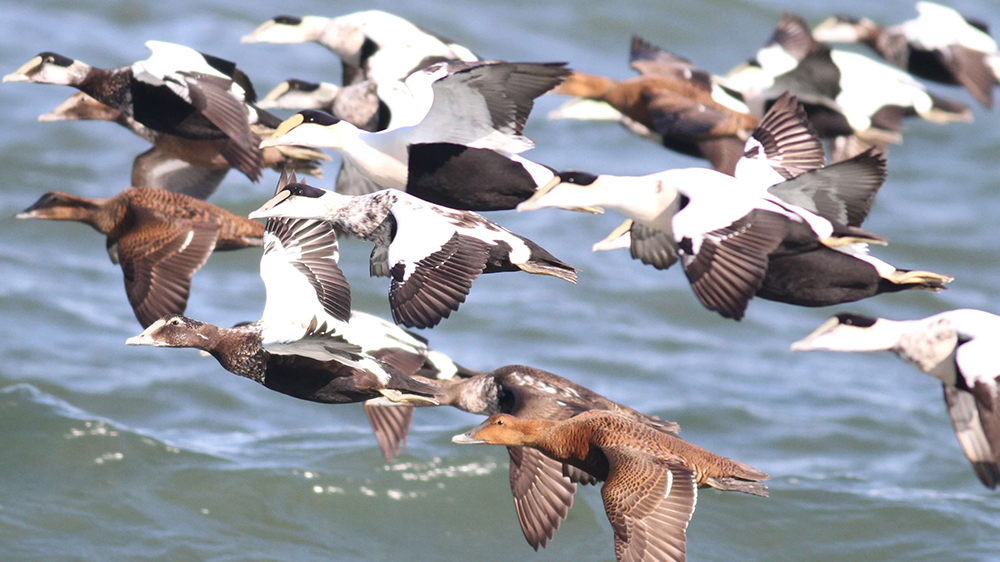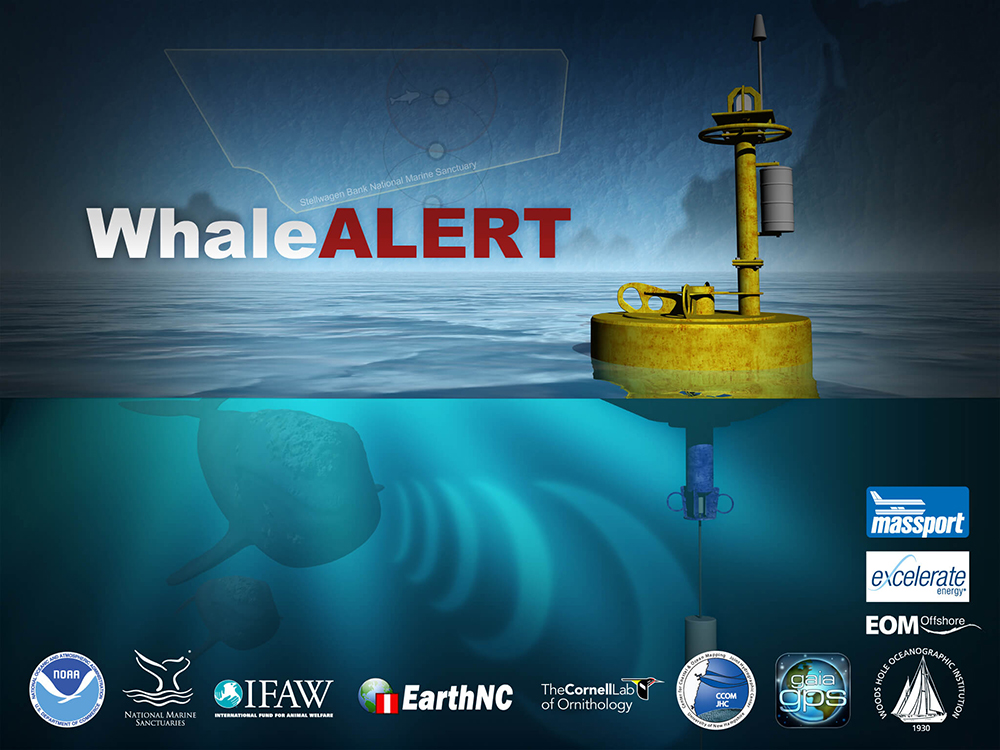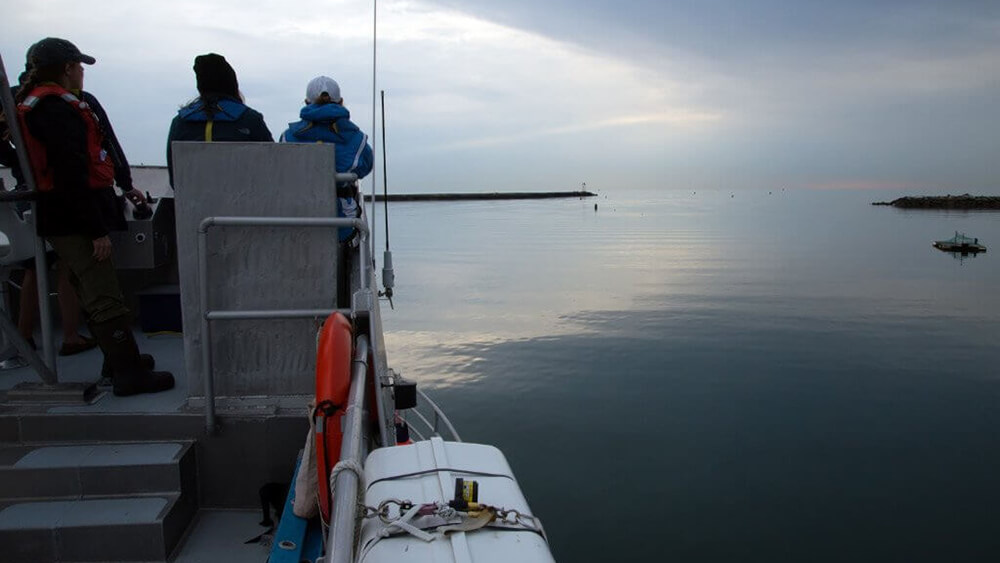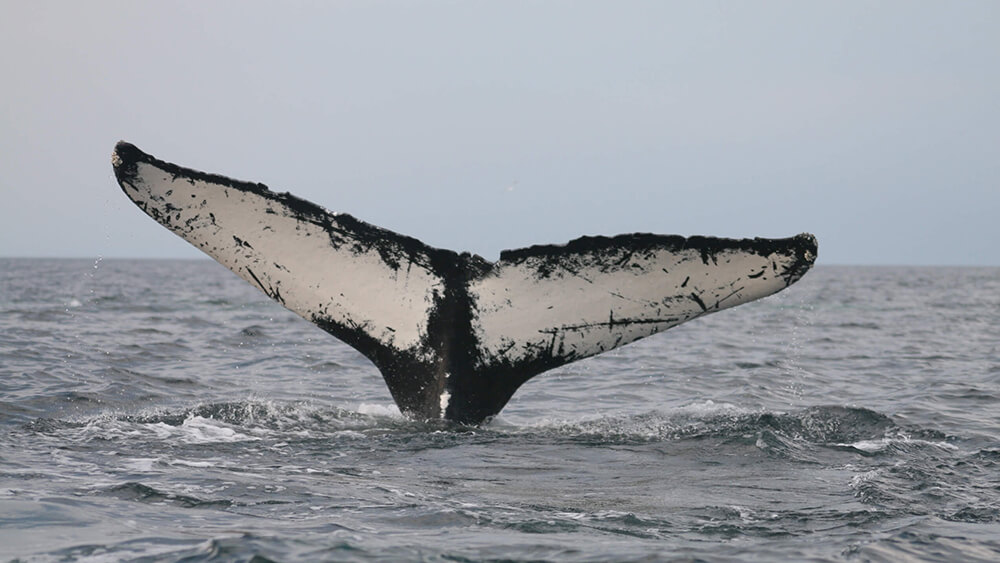Citizen Science

NOAA encourages public participation in science. The sanctuary's volunteer programs offer opportunities to assist researchers with whale, seabird, or sand lance studies on the R/V Auk or to collect data individually from alternate platforms. Anyone interested in participating in a sanctuary-sponsored citizen science project should email the volunteer program coordinator. In addition, there are several other independent citizen science programs that link directly to the sanctuary.
Stellwagen Sanctuary Seabird Stewards (S4) and Christmas Bird Count

The sanctuary is an internationally-recognized Important Bird Area that supports at least 53 species of seabirds. Volunteers assist sanctuary researchers in studying these animals at sea to better understand the role and importance of seabirds in the ecosystem. The sanctuary partners with Mass Audubon to train volunteers and to develop research and outreach tools. The Stellwagen Sanctuary Seabird Stewards (S4) team collects, manages, and analyzes data. For more information on this program, read our S4 roles for volunteers description. View S4 and seabird videos on the Sanctuaries YouTube Channel. Get updates on seabird data on our News page. Several of our S4 participants assist with the sanctuary's Shearwater Tagging Program
The sanctuary has also been participating in annual Christmas Bird Counts (CBC), a program administered under National Audubon Society. You can review these datasets at Audubon's CBC website. Read about a recent sanctuary CBC cruise.
Whale Alert

This free smartphone app for iOS and Android platforms allows mariners and the public to submit and receive data about whale presence. Knowledge of whale distribution helps decrease the risk of injury or death to whales, particularly critically endangered right whales, from ship strikes. Additional information regarding pertinent regulations and speed zones is available through Whale Alert.
Whale Observers

Whenever R/V Auk departs the dock, observers are stationed on the fly bridge to keep an eye out for whales. This is a critical role since whales have an unfortunate tendency of surfacing to breathe without giving any notice. Although the R/V Auk travels at slow speeds in whale areas, and 10 knots in required right whale seasonal management areas and voluntary dynamic management areas, a lookout makes any transit much safer. Whale Observers are trained to recognize signs of whales in the water, such as blows, raised tails and bubble nets, to assist the vessel's captain in navigating these whale feeding grounds. If you are interested in becoming a whale observer, submit a volunteer form.
Carib Tails

In cooperation with our Sister Sanctuaries in the Caribbean Sea and the NOAA Marine Protected Areas Program, the sanctuary promotes a way for yachters and cruisers to help researchers by photographing the tails of humpback whales in the Caribbean Sea. By matching whale tail photos from feeding and breeding grounds, researchers get a better understanding of whale distribution, abundance and migratory paths. Learn more at Carib Tails. Read a NOS story on the program and a NOAA article.
City Nature Challenge BioBlitz/iNaturalist
This international citizen science project and online social network of naturalists, citizen scientists and biologists maps and shares observations about biodiversity across the globe. The City Nature Challenge Bioblitz is a communal effort to record as many species within a designated location and time period as possible. Stellwagen Bank National Marine Sanctuary provides the eastern portion of the Boston Metropolitan Bioblitz coverage area. The blitz uses the iNaturalist app for logging in data. The challenge is usually scheduled during the last weekend in April.

